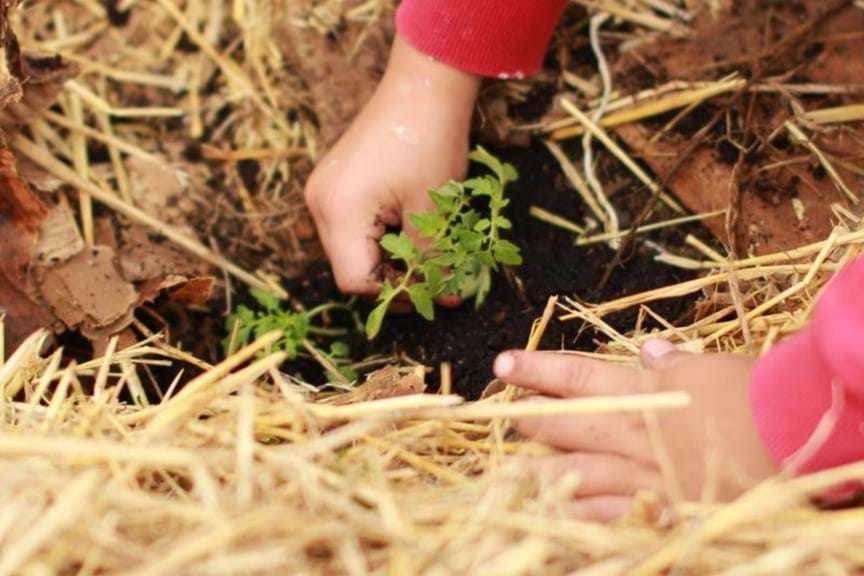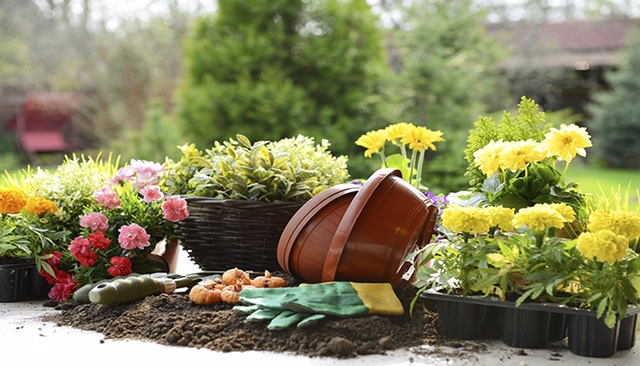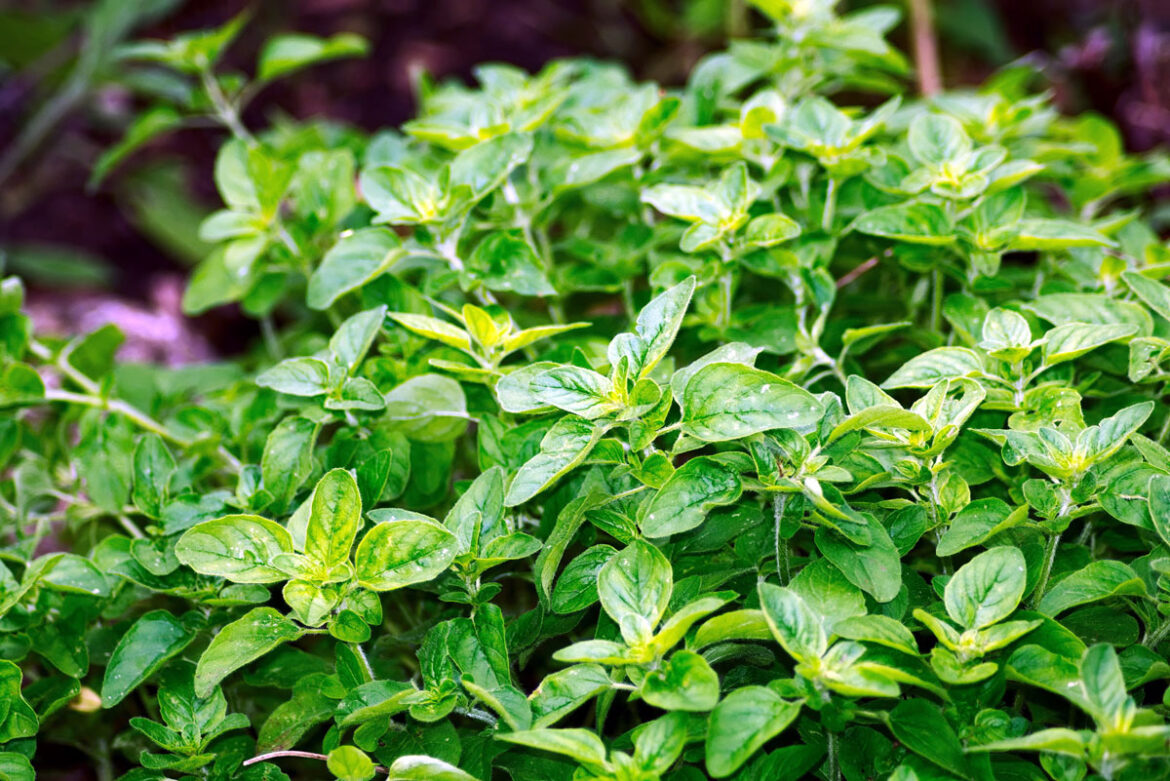Maintaining a thriving garden requires careful planning and timely actions. Understanding what to plant and do in each season is key to maximizing your garden’s potential. In this comprehensive seasonal gardening guide, we will explore the essential tasks and plant selections for each season, helping you create a garden that flourishes year-round.
Spring: The Season of Growth and Renewal
As winter gives way to spring, it’s time to prepare your garden for a new cycle of growth.
- Preparing the Soil
Clear away any debris and weeds from your garden beds. Take the opportunity to amend the soil with compost or organic matter to enhance its fertility and drainage.
- Planting Cool-Season Vegetables and Flowers
Spring is the perfect time to sow cool-season vegetables such as lettuce, spinach, peas, and radishes. These crops thrive in the milder temperatures of spring. Additionally, consider planting vibrant flowers like snapdragons, pansies, and sweet peas to add color and beauty to your garden.
- Pruning and Maintenance
Take the time to prune shrubs and trees that require shaping or rejuvenation. Spring is also the ideal season for dividing and transplanting perennials to promote healthy growth.
Summer: Nurturing and Protecting Your Garden

Summer brings warm temperatures and longer days, creating an environment for vigorous growth in your garden.
- Watering and Mulching
Ensure that your plants receive adequate hydration during the summer heat. Water deeply and consistently, preferably in the early morning or late afternoon. Applying a layer of organic mulch around your plants helps retain moisture and suppress weeds.
- Planting Warm-Season Crops
Take advantage of the warm weather to plant heat-loving crops such as tomatoes, peppers, cucumbers, and beans. These plants thrive in the summer conditions and reward you with a bountiful harvest.
- Pest and Disease Management
Keep a close eye on your garden for signs of pests and diseases. Regularly inspect your plants and take appropriate measures such as handpicking insects or applying organic pest control methods. Maintaining good garden hygiene and proper airflow can help prevent the spread of diseases.
Autumn: Harvesting and Preparing for Winter
Autumn marks the transition from the abundance of summer to the dormancy of winter.
- Harvesting and Preserving
Gather the fruits of your labor by harvesting ripe vegetables, herbs, and fruits. Consider preserving the surplus through canning, freezing, or drying to enjoy your homegrown produce during the colder months.
- Planting Fall Crops and Bulbs
Extend your growing season by planting cool-season crops like kale, carrots, beets, and broccoli. Autumn is also the time to plant spring-flowering bulbs such as tulips, daffodils, and hyacinths. These bulbs will lie dormant during the winter and bloom beautifully in the following spring.
- Clean-up and Soil Preparation
As plants begin to fade, remove spent annuals and clear away debris. Add a layer of compost to your garden beds to replenish nutrients and improve soil structure over the winter months.
Winter: Resting and Planning for the Future
Winter brings a period of dormancy for your garden, but it’s an opportune time for planning and preparation.
- Reflecting and Planning
Take the time to evaluate your garden’s performance in the past year. Consider what worked well and areas for improvement. Use this information to plan and design your garden for the upcoming year.
- Maintenance and Tool Care
Perform maintenance tasks on your garden tools, such as cleaning, sharpening, and oiling. Properly cared-for tools will be ready for use when the gardening season resumes.
- Indoor Gardening and Seed Starting
Satiate your green thumb by engaging in indoor gardening projects. Start seeds for early spring crops or grow herbs and microgreens on your windowsill. This allows you to satisfy your gardening passion even during the winter months.
By following this seasonal gardening guide, you can make the most of each season in your garden. From preparing the soil and planting to nurturing your plants and planning for the future, every season offers unique opportunities to enhance your garden’s beauty and productivity. Embrace the rhythm of the seasons and enjoy the rewarding experience of tending to your garden year-round.



